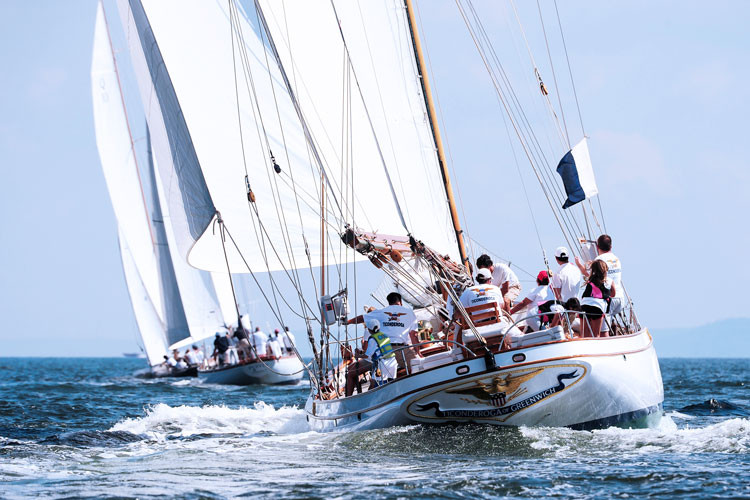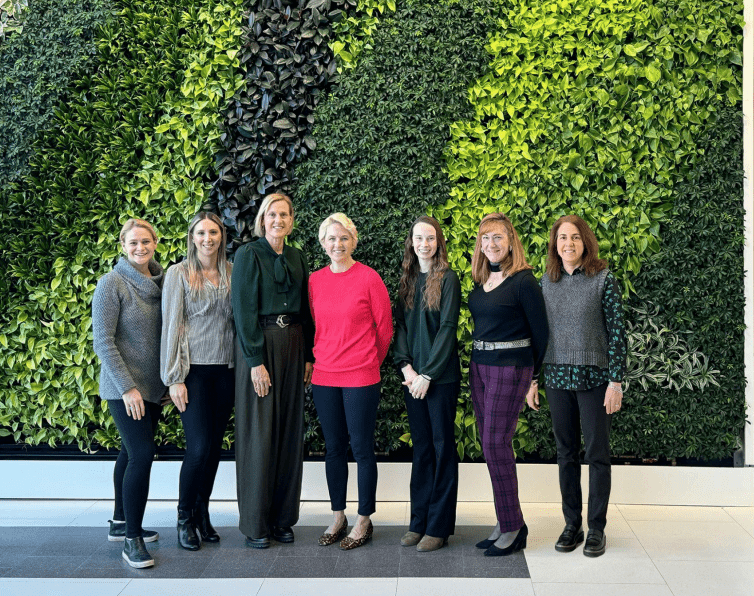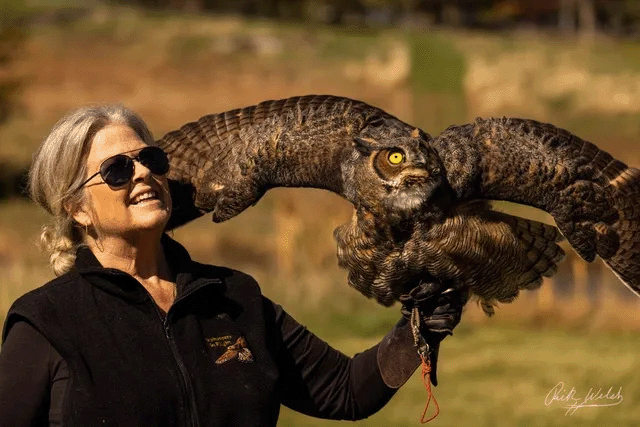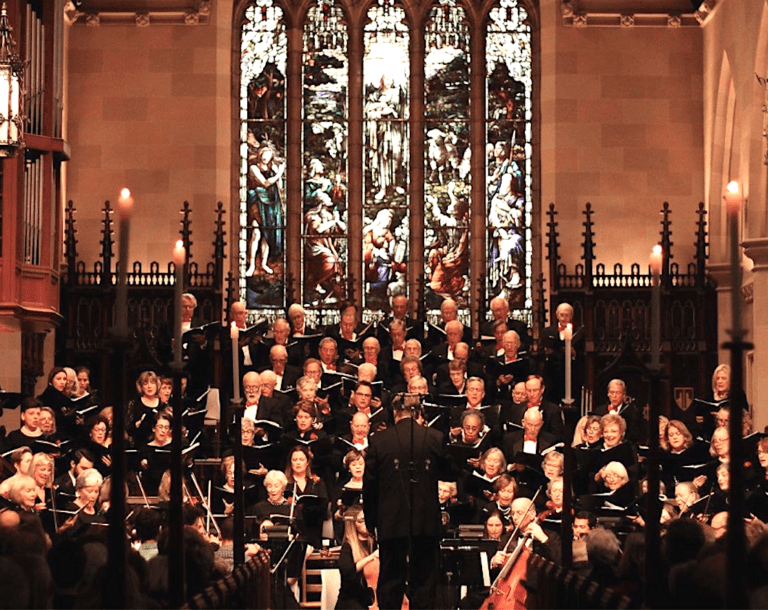
By Shelia Plaisance
Sentinel Contributor

Photo courtesy of PhotoBoat.com
Captain Harbor provided a picturesque backdrop for a race of classic yachts visiting Greenwich from up and down the East Coast Saturday. The race was the 6th annual Classic Yacht Regatta hosted by Indian Harbor Yacht Club.
The event is the second regatta in the Long Island Sound Classic Yacht Regatta series. This year, a record 39 boats took part, ranging in size from 18-foot Marshall catboats to the 90-foot yawl Bequia, a newer boat designed in the spirit of the classic yachts. The 39 boats ranged widely in age, most of them having been built between the 1920’s and the 1960’s.
Classic boats have a different look and feel from today’s sleek boats. While every boat has its merits, the owners and sailors of classics have a romantic appreciation for design, preservation and history. As the classics plied the waters of Captain Harbor under full canvas, one could distinguish them at a distance by their bright, highly varnished woodwork.
Wood, varnish and bronze provide richer textures than those of modern boats, which are made of fiberglass, carbon fiber and wire rigging. And while modern boats are often designed to sail flat, the long overhangs of classic boats allow them to heel, or lean, in a stiff breeze, evoking images of sweeping elegance. That heeling ability also delivers the practical advantage of extending the water line to create acceleration through the water. It is no wonder that heavier air typically suits classics.
Saturday’s weather, however, brought a bit of a challenge. After the skipper’s meeting in the clubhouse, the breeze was so light that Principal Race Officer Ray Griffin announced a delay in hopes that the wind would build enough to allow for a race.
Indeed, the forecast delivered as promised, and the largest fleet of 48 to 90-footers left the line in a medium breeze of about 12 knots.
As Ticonderoga, Black Watch, Puffin, and the two Q Class yachts, Hope and Nor’easter, came to the line, the 1926-built Nor’easter quickly tacked under Bequia onto starboard, allowing the entire first fleet to clear the starting line and head out to the waters of Long Island Sound.
Bequia and the 1938 Black Watch quickly took the lead, with the legendary 1936 ketch Ticonderoga picking up steam as the breeze continued to build. Once this fleet reached the north shore of Long Island, the racers were halted by a lack of breeze. John Neceszny, the mainsheet trimmer on the 1926-built Nor’easter, recounted the action:
“We got rolled early after exiting Captain Harbor as the bigger boats legged out and put some distance on us in the modest breeze after the start. As we found our groove and made our way across the sound towards Long Island, we wondered why we were closing on Black Watch and Bequia as if they quit racing. It was then we realized that the wind shut down.
“Then Hope, who we thought we left way behind, all of a sudden charged past us, still in breeze. We decided to tack back away and ‘chase’ the filling breeze in hopes of keeping up our speed, and we found ourselves sailing in and out of patches of wind coming from different directions literally yards away from each other. It was unnerving, but we took our medicine while skipper Ted Graves just powered through the patches. We rounded with speed, and it was game-on downwind as the breeze continued to build and we raced back towards the Connecticut shore.”
The subsequent classes of medium-sized classic yachts, including the two John Alden designs in the race, Aegir and Windermere, and the 1920s Nathanael Greene Herreshoff-designed S-Boats, followed suit out on the 17-mile-race course, and were able to close the gap on the early, larger leaders.
Meanwhile, the smaller classics and “spirit of tradition” boats—newer boats designed in the classic style—raced a shorter course closer to Greenwich Point.
A special moment in racing occurred when both fleets converged on the last turning mark at the same time to create an exciting scene of sails, shapes and sizes all charging through the much-anticipated afternoon southerly while the nine 30-foot-long one-designed Shield’s fleet held a series of short triangle races using spinnakers inside Captain Harbor.
With all racers in, the boats filled the clubhouse docks and the awards party went into full swing. Prizes were given out in each class for overall winners Dagger, Golden-Eye, and Puffin.
A Spirit of Participation award was presented to Ticonderoga for her excellent preservation and joyful participation, which included allowing children onboard to skipper during the race and to swing from her lovely halyards afterwards.
The regatta’s closing event followed the theme of sharing, with Indian Harbor Yacht Club once again hosting Yale-New Haven Hospital cancer patients and their caregivers for an afternoon on the water, in collaboration with the Sailing Heals organization.




